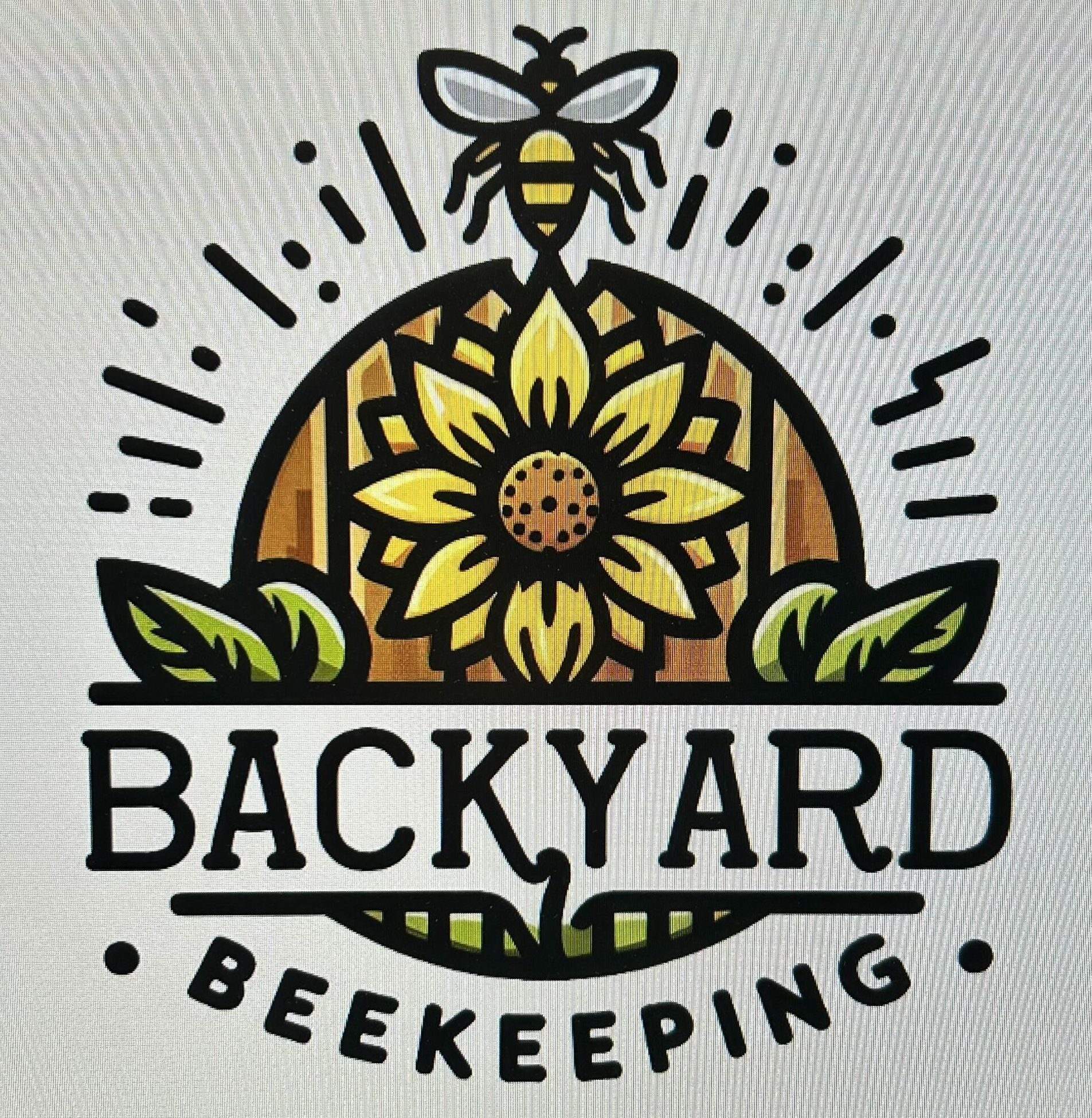Efficiency Of Supplementary Feeding Of Honey Bees.
Understanding the necessity of supplementary feeding in honey bee colonies and its role in supporting bee health and productivity during resource-scarce periods. Exploring various types of feed available for bees, including sugar syrup, pollen substitutes, and protein supplements, and their specific benefits and drawbacks. Detailed comparison of feeding methods such as open feeding, frame feeders, … Read more
